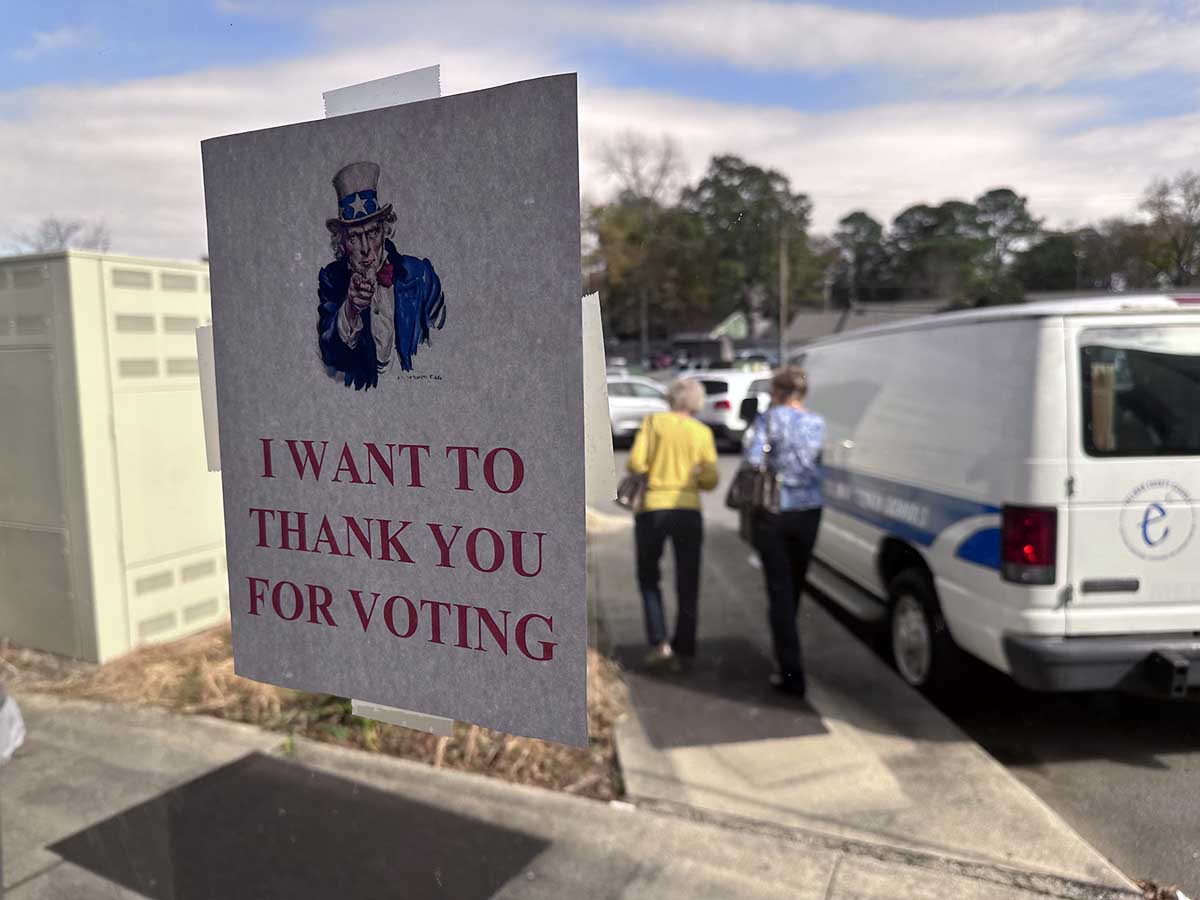Immigration shifts compound shortage of farm labor
Published 3:30 pm Friday, May 20, 2016
WASHINGTON – Tyler Durham, a tobacco farmer in western Kentucky, expected a full crew of seasonal workers to help plant this year’s crops.
Problems getting visas slowed the Mexican workers who were supposed to arrive on May 1, and now they aren’t due until the end of the month.
Trending
Without them, Durham, his family and his farm’s year-round workers are putting in 16-hour days. Even when the seasonal workers finally arrive, they’ll scramble to make up for lost time.
Farmers growing strawberries, blueberries and a variety of crops in more than 20 states face the same shortage of help and are struggling at planting and harvest time.
Reasons for the bind are multi-faceted and illustrate how susceptible farmers are to shifts in immigration. The solution, according to those in the agriculture industry, is unraveling a charged debate over immigration.
One factor in the labor shortage, according to farm advocacy groups, is that the number of immigrants who are living and working in the United States illegally has flattened and even declined. Farms are now looking to hire more legal workers from Mexico and other places, overwhelming the federal government’s ability to grant work visas on time.
As delays in approving those visas threaten to linger into the upcoming harvest, the Obama administration proposes charging farmers a fee to pay for more staff to process applications.
The delays in approving seasonal farm workers in time for the upcoming harvest season could continue because of budget constraints, said Labor Department spokesman Egan Reich.
Fewer American citizens are willing to do the hard work of toiling in the nation’s fields.
“Our folks will hire Americans, but a lot of people who apply can’t pass a drug test. Nobody wants to hire someone who just wants to sit on a couch. It’s a hard job,” said Jim Reaves, the Texas Farm Bureau’s state legislative director.
Durham said he advertises for American workers in local papers but doesn’t get many responses. Most who do apply don’t seem to want to work.
One guy quit after a couple of hours in his tobacco field, Durham said, and decided that walking eight hours back to town was better than continuing to work.
Durham said he used to see men drive up in trucks looking for work. But he hasn’t seen any for a few years. He doesn’t know if they were here illegally or immigrants with visas who’d finished working on other farms.
For years, many farmers filled the labor void by hiring, albeit illegally, immigrants who aren’t supposed to be in the country or aren’t permitted to work, according to those in the agriculture industry.
But their numbers are declining.
After growing rapidly from about 3.5 million in 1990 to 12.2 million in 2007, the number of immigrants in the United States illegally has fallen to about 11.3 million, according to The Pew Research Center.
Illegal Mexican immigrants dropped from 6.9 million to 5.6 million from 2007 to 2014.
Researchers cite a variety of reasons including border enforcement and an economic downtown.
“There used to be illegals, but that’s all dried up. It used to be they were standing on the street, looking for work, but there’s nobody there,” Rick Alexander said of the immigrants looking for jobs around Kentucky.
Alexander, executive director of the Agriculture Workforce Management Association, helps farmers process paperwork to bring in temporary workers.
Farmers are turning to those workers under the government’s H-2A visa program because “there just isn’t any labor around here,” he said.
Crackdowns on businesses hiring undocumented workers are also pushing farmers to use hire legal, seasonal workers, said Kristi Boswell, the American Farm Bureau’s director of congressional relations.
Applications for H-2A visas and a similar program for temporary tech and non-agricultural workers increased 84 percent between 2010 and 2015, said Reich. The Labor Department’s funding was cut by 9 percent during that time, he said.
The American Farm Bureau said delays in bringing in seasonal agricultural workers are mostly caused by the Labor Department.
In some cases, as with Durham’s crews, visa applications were tied up by immigration officials, who also must approve them.
Rep. Buddy Carter, R-Georgia, one of several members of Congress who have pushed the Labor Department to speed up its process, mocked the idea of a fee.
“This is the perfect example of government gone wrong. Increasing fees on farmers while their crops rot on the vine as they wait for labor is certainly not how we will solve the backlog of H-2A visas at the Department of Labor,” he said in a statement.
Alexander said the agency could streamline its process, for instance, by requiring just one application per year instead of a new application for each season.
“I know some people who file applications three or four times a year,” he said.
Ultimately, the fix is dealing with the politically explosive issue of reforming the immigration system, Boswell of the American Farm Bureau said.
A 2014 study commissioned by the group called for comprehensive reform including changes to the work visa program, legalizing immigrants now here illegally and providing paths to citizenship.
It urged allowing temporary workers to stay for three years, instead of a few months, reducing the burden on farmers to navigate the bureaucracy several times a year.
That idea was part of a 2013 proposal in the Senate – a package that has stalled as Congress has been unable to agree on immigration reforms.
Kery Murakami is the Washington, D.C. reporter for CNHI’s newspapers and websites. Reach him at kmurakami@cnhi.com





